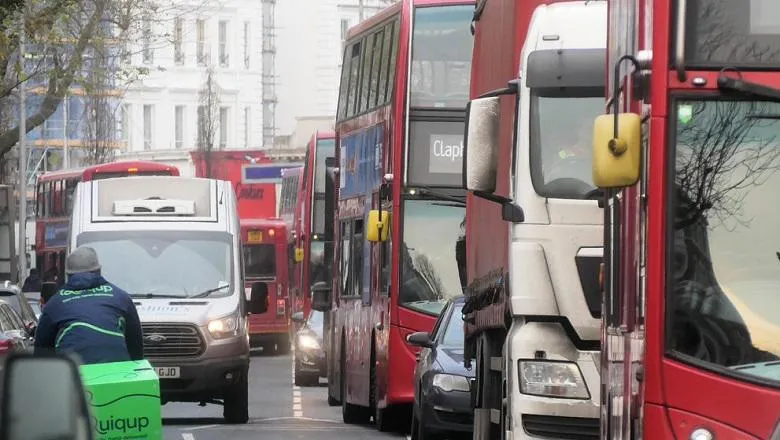"Whilst press and public attention will focus on today’s measurements at The Strand, it is important to note that the majority of main roads in London regularly breach legal values for NO2.”
Dr Gary Fuller, School of Population Health & Environmental Sciences
31 July 2019
The Strand breaches N02 objectives provisional data shows
Provisional data from the London Air Quality Network at King’s College London has shown that the Strand has become the first place in London to breach objectives for nitrogen dioxide (NO2) for 2019.

From 2004 to 2017 the limit value has been breached within the first week of each year. This year’s date marks the continuation of a departure from this behaviour and reflects the improvements in NO2 at some of London’s most polluted locations since 2010.
The first breach of the year normally occurs at well-known air pollution hotspots such as Oxford Street, Putney High Street and Brixton Road. This is the first time that The Strand has been the first location to breach. Commenting on the breach, Dr Gary Fuller from King’s College London said: “It may seem odd to say this but there is actually a good news story behind this. It reflects two things.
First the dramatic improvements in nitrogen dioxide at many of London’s air pollution hotspots. Much of this improvement has been due to the Mayor’s programme of investment in new lower pollution buses but lower exhaust emission from new lorries will have helped too. In some places, such as Putney High Street and Oxford Street, concentrations have halved. Although nitrogen dioxide has improved along the Strand, the rate of improvement has been much slower. This difference in the rate of improvement has changed the rank order of London’s air pollution hotspots.
Second the pollution monitoring site at Brixton Road has been out of action since water got into the monitoring site in 2018 so we do not have measurements from this location."
A recent study from King’s highlighted the rapid improvements alongside some London roads but this was not seen everywhere. Alongside some roads, nitrogen dioxide from traffic actually increased from 2010 to the end of 2016, highlighting the need for stronger polices than those adopted for most of the decade.
UK objectives and EU limits stipulate a maximum NO2 concentration that must not be exceeded for more than 18 hours over the whole year. These limits came into force in 2010. The Strand monitoring site measured its 19th hour above the threshold between 11 and 12 GMT on Thursday 25th July..
The Strand monitoring site is hosted on the King’s College London campus. It is funded by the Northbank Business Improvement district as part of London Air Quality Monitoring Network.
The London Air Quality Network is run by King’s and is part of the university’s contribution to meeting the needs of London and Londoners. It is the most comprehensive urban monitoring network in Europe with detailed information on London’s pollution for more than 25 years.
